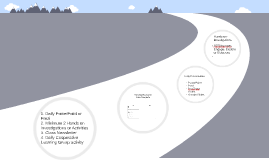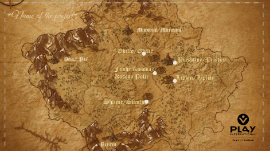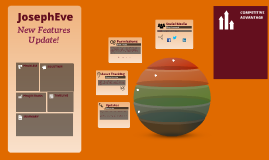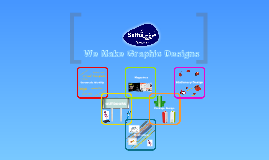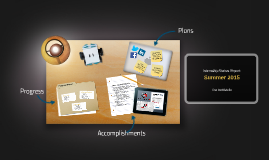Creating an Effective Newsletter Template
Transcript: Introduction to Newsletters Understanding newsletters is essential for effective communication. They serve various purposes, including sharing news, updates, and information with a target audience in an organized format. Purpose of a Newsletter Newsletters aim to inform, engage, and build relationships with audiences. They can drive traffic, boost sales, and foster community connection, making them vital for both businesses and organizations. Target Audience Considerations Designing Your Template Responsive Design Identifying the target audience is crucial in newsletter creation. Tailoring content to their preferences and interests increases the likelihood of engagement and satisfaction, ultimately driving better results. With most readers accessing newsletters on mobile devices, responsive design is essential. Ensure your template adapts to various screen sizes without losing functionality or aesthetics, enhancing the user experience. Effective newsletter design enhances engagement and readability while maintaining a professional appearance. Key elements like layout, color schemes, font choices, and responsiveness play crucial roles in achieving these goals. Font Choices Importance of Design Color Schemes Selecting the right fonts is crucial for readability and brand representation. Choose clean, legible typefaces and maintain a hierarchy with different sizes and weights. Limit font variations to two or three for a cohesive look. Design significantly impacts a newsletter's effectiveness. A well-crafted layout with appealing visuals enhances readability and engagement, ensuring that key messages stand out and retain audience interest. Color schemes evoke emotions and convey brand identity. When designing, use a limited palette that complements your brand and ensures readability. Consistency in color usage across sections enhances visual appeal and recognition. Designing a Professional and Engaging Newsletter Layout and Structure Elements of a Newsletter The layout defines how content is organized and flows within the newsletter. A structured layout helps readers navigate effortlessly, making essential information prominent. Consider using a grid system for a clean arrangement and balanced spacing. A well-structured newsletter incorporates key components, including a compelling header, informative body content, engaging visuals, and a clear call-to-action. These elements work together to attract readers' attention and achieve communication goals. Header and Title Creating an Effective Newsletter Template The header serves as the first impression of your newsletter, setting the tone and theme. A clear, catchy title grabs attention, while the header often includes branding elements like logos or taglines, reinforcing brand identity and guiding readers' expectations. Call-to-Action Body Content The body of the newsletter contains valuable information that resonates with the audience. Use concise language and bullet points for readability, integrating links for further reading. Engaging content keeps readers interested and encourages exploration of additional resources. A strong call-to-action (CTA) directs readers to take specific steps after reading the newsletter. Effective CTAs are clear, actionable, and prominently placed within the content. They may encourage subscriptions, downloads, or contacting for more information. Images and Graphics Visual elements in newsletters enhance engagement and comprehension. Use high-quality images, infographics, or charts that complement the text. Visuals should not only attract attention but also clarify and reinforce the key messages in the content. Tools and Resources Utilizing the right tools and resources is essential for creating effective newsletters. This section provides insights into software options, template examples, best practices for implementation, and how to measure success to enhance newsletter effectiveness. Newsletter Software Popular newsletter software includes Mailchimp, Constant Contact, and Sendinblue. These platforms offer user-friendly interfaces, customizable templates, and analytics to monitor engagement metrics, making them ideal for businesses of all sizes. Template Examples Measuring Success Utilizing established templates can significantly streamline newsletter creation. Examples can be found on platforms like Canva and Adobe Spark, offering professionally designed templates that cater to various industries and purposes. Success metrics for newsletters typically include open rates, click-through rates, and conversion rates. Regular analysis of these metrics helps in refining strategies and improving future newsletter effectiveness. Best Practices for Implementation Implementing best practices, such as maintaining brand consistency and optimizing content for mobile devices, enhances engagement. Other critical practices include segmenting audiences and A/B testing subject lines to increase open rates. Fine-tuning... Keep your words short and






